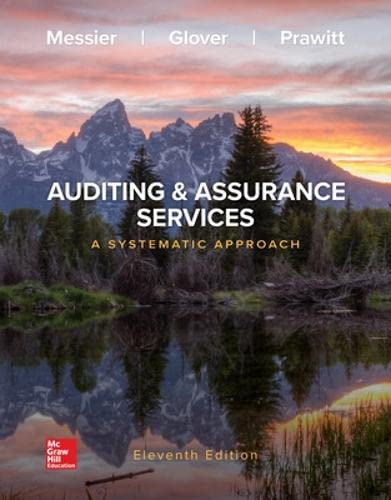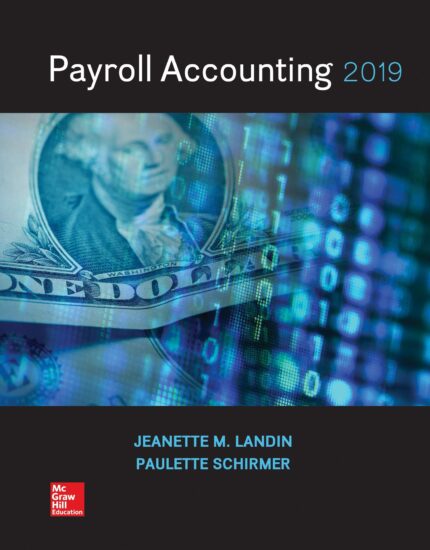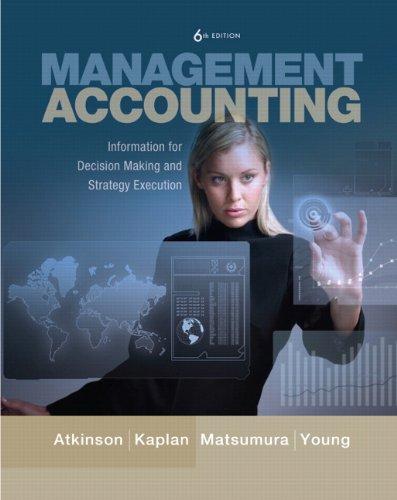Solution Manual for Fundamental Accounting Principles 24th Edition by Wild
Solution Manual for Fundamental Accounting Principles 24th Edition by Wild
Fundamental Accounting Principles 24th Edition by Wild – Solution Manual
Fundamental Accounting Principles 24th Edition
Fundamental Accounting Principles
Chapter 1
Wild and Shaw, FAP 24e Solutions Manual: Chapter 1
9. Accounting is described as a service activity because it serves decision-makers by
providing information to help them make better business decisions.
10. Some accounting-related professions include consultant, financial analyst,
underwriter, financial planner, appraiser, FBI investigator, market researcher, and
system designer.
11. Ethics rules require that auditors avoid auditing clients in which they have a direct
investment, or if the auditor’s fee is dependent on the figures in the client’s reports.
This will help prevent others from doubting the quality of the auditor’s report.
12. In addition to preparing tax returns, tax accountants help companies and individuals
plan future transactions to minimize the amount of tax to be paid. They are also
actively involved in estate planning and in helping set up organizations. Some tax
accountants work for regulatory agencies such as the IRS or the various state
departments of revenue. These tax accountants help to enforce tax laws.
13. The objectivity concept means that financial statement information is supported by
independent, unbiased evidence other than someone’s opinion or imagination.
14. This treatment is justified by both the cost principle and the going-concern
assumption.
15. The revenue recognition principle provides guidance for managers and auditors so
they know when to recognize revenue. If revenue is recognized too early, the
business looks more profitable than it is. On the other hand, if revenue is
recognized too late the business looks less profitable than it is. This principle
demands that revenue be recognized when it is both earned (when service or
product is provided) and can be measured reliably. The amount of revenue should
equal the value of the assets received or expected to be received from the
business’s operating activities covering a specific time period.
16. Business organizations can be organized as a sole proprietorship, partnership,
corporation, or LLC. These forms have implications for legal entity and liability,
business life, taxation, and number of owners as follows.
Proprietorship Partnership Corporation LLC
Business entity yes yes yes yes
Legal entity no no yes yes
Limited liability no no yes yes
Unlimited life no no yes yes
Business Taxed no no yes no
One owner allowed yes no yes yes
17. (a) Assets are resources owned or controlled by a company that are expected to
yield future benefits. (b) Liabilities are creditors’ claims on assets that reflect
obligations to provide assets, products, or services to others. (c) Equity is the
owner’s claim on assets and is equal to assets minus liabilities. (d) Net assets refer
to equity.
18. Equity is increased by investments from the owner and by net income (which is the
excess of revenues over expenses). It is decreased by withdrawals by the owner
and by a net loss (which is the excess of expenses over revenues
Related













